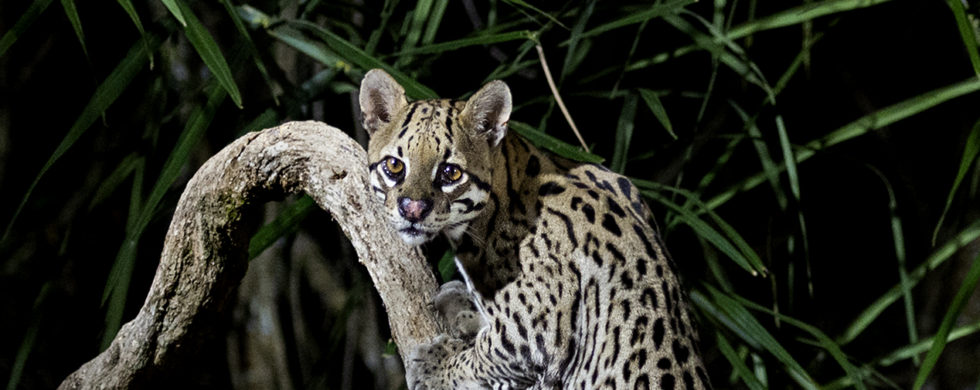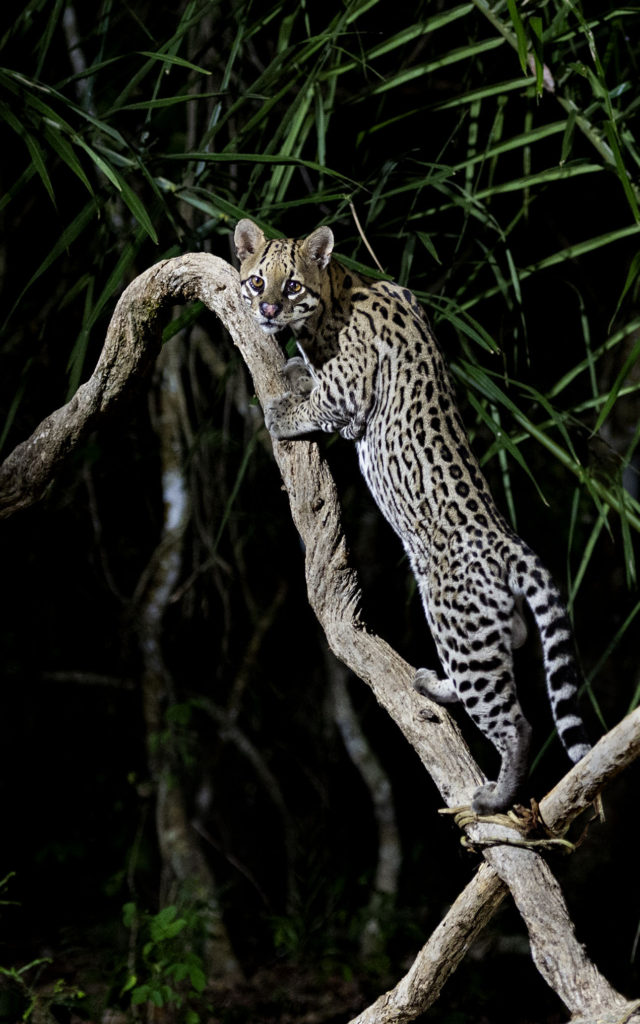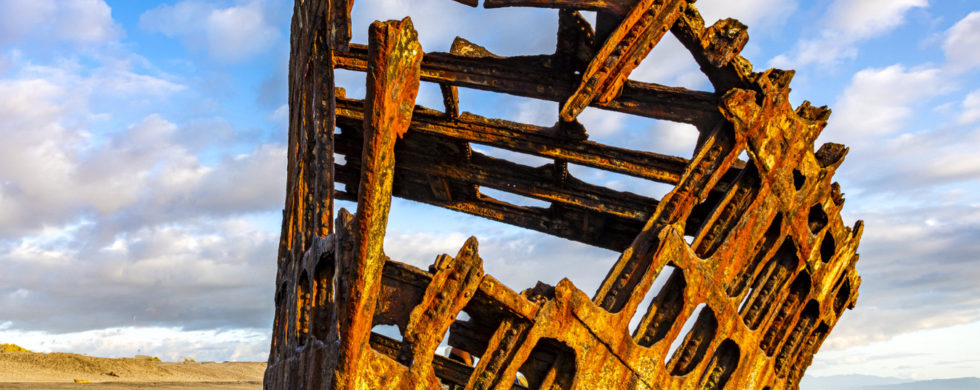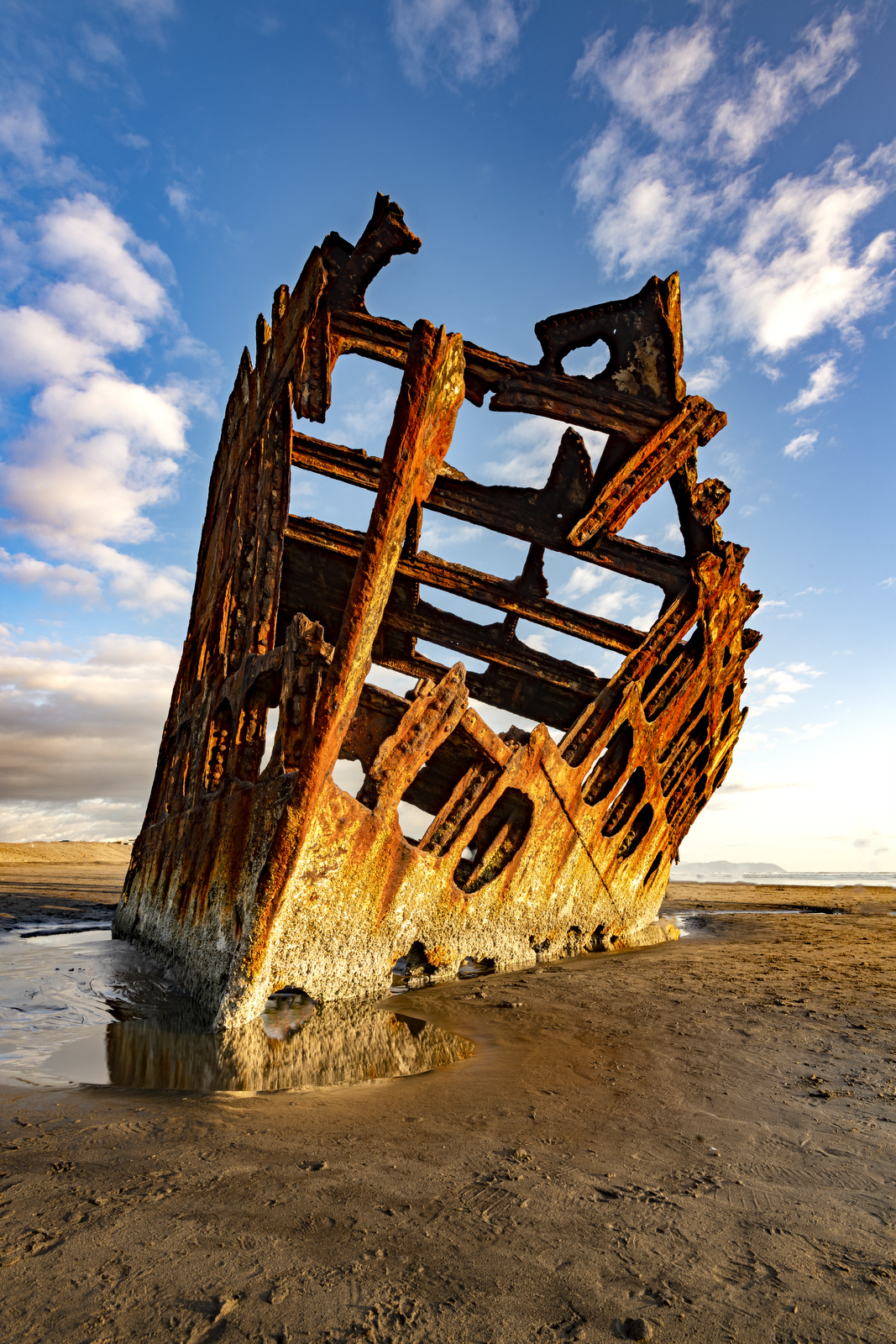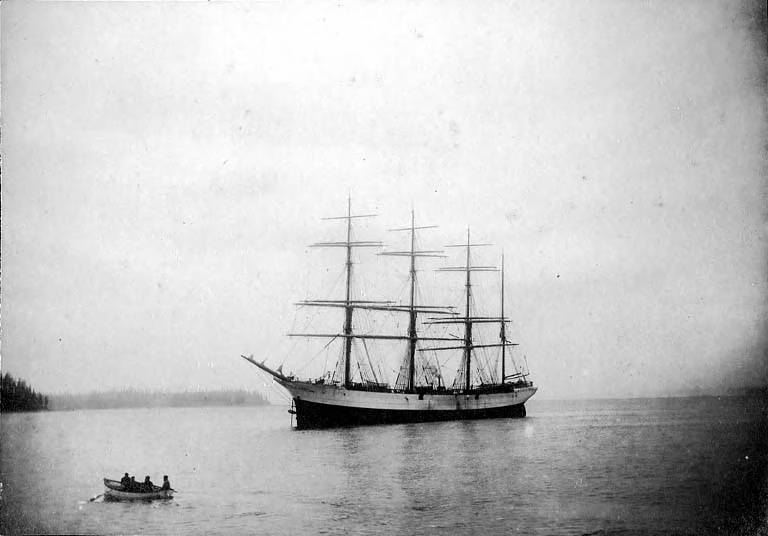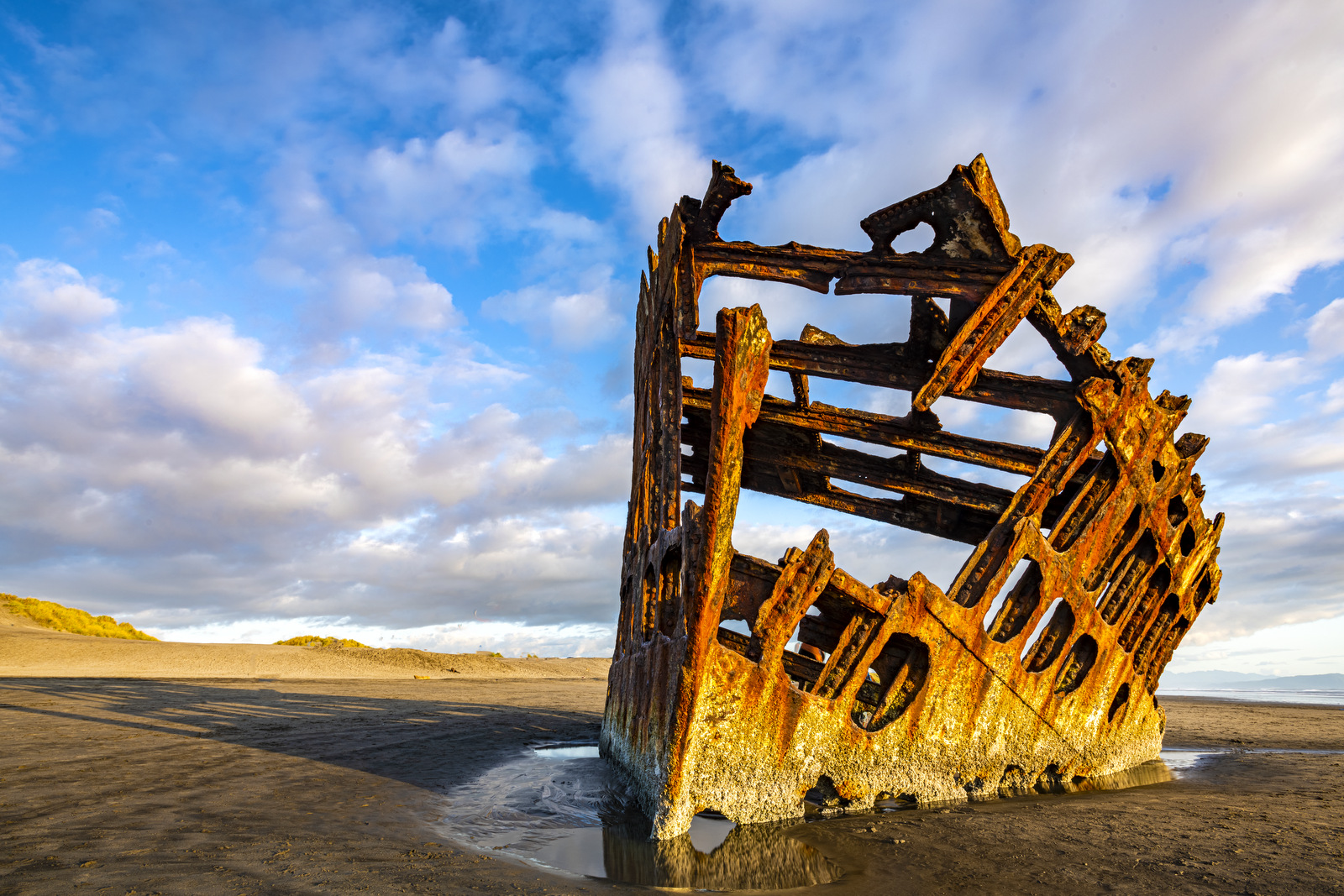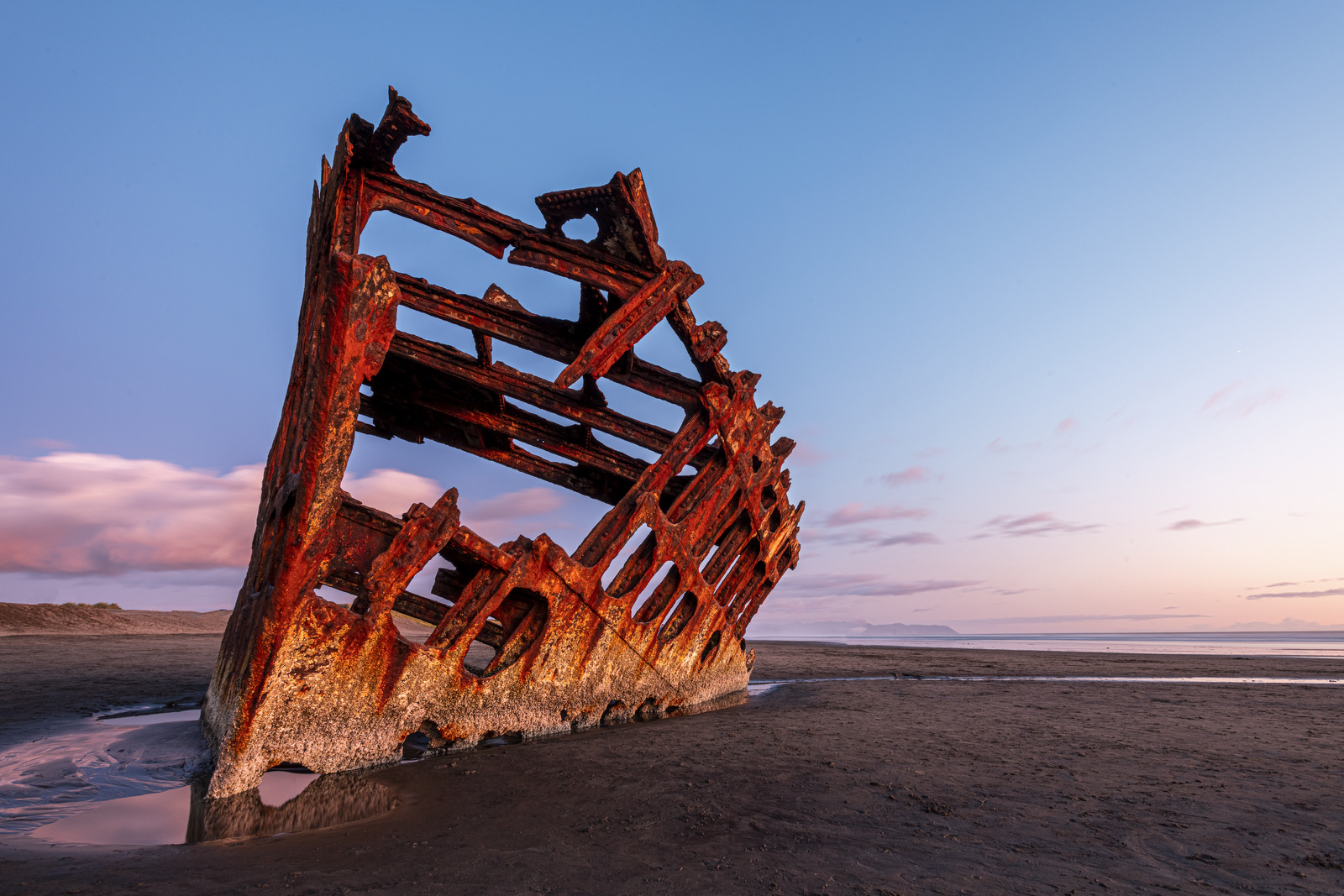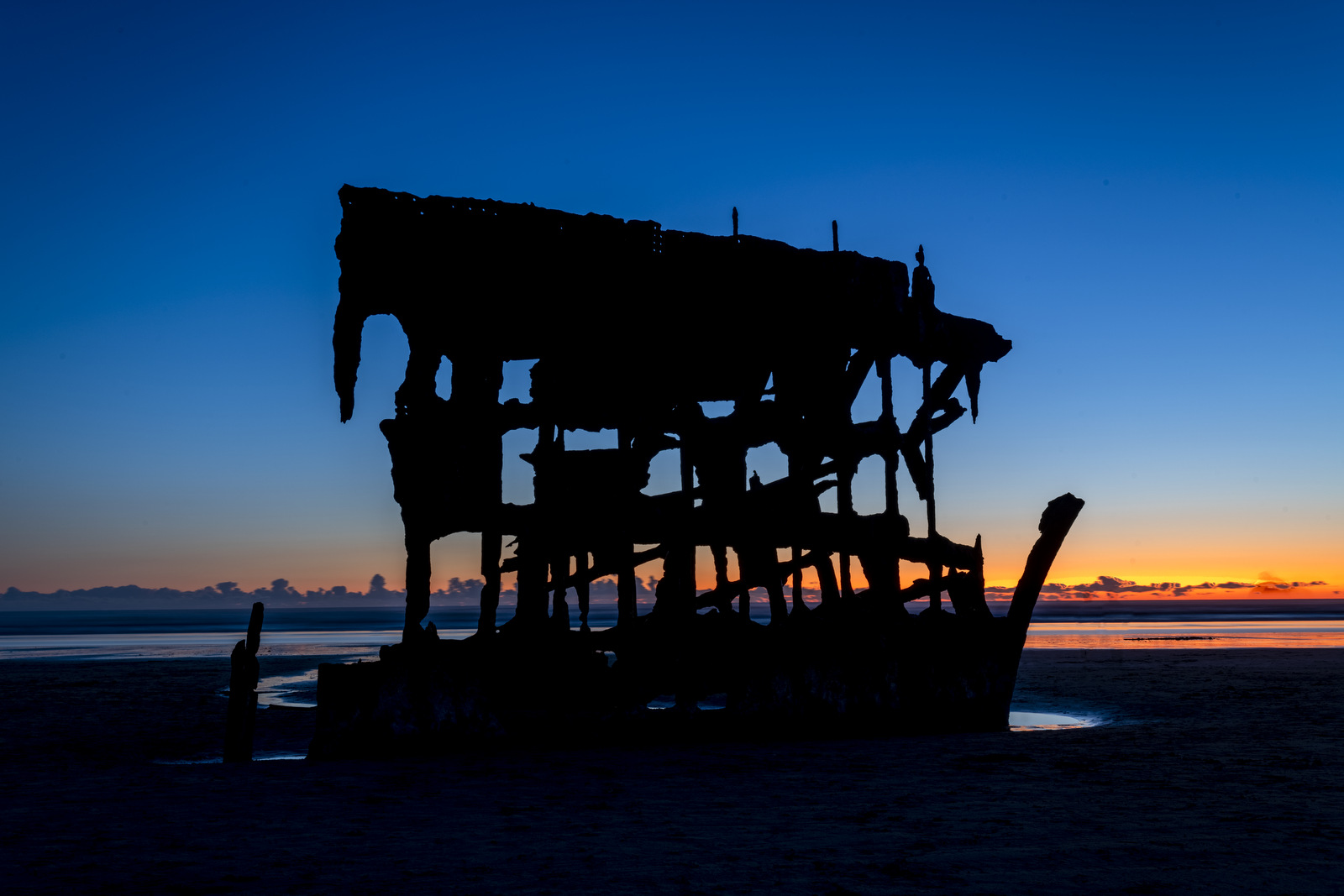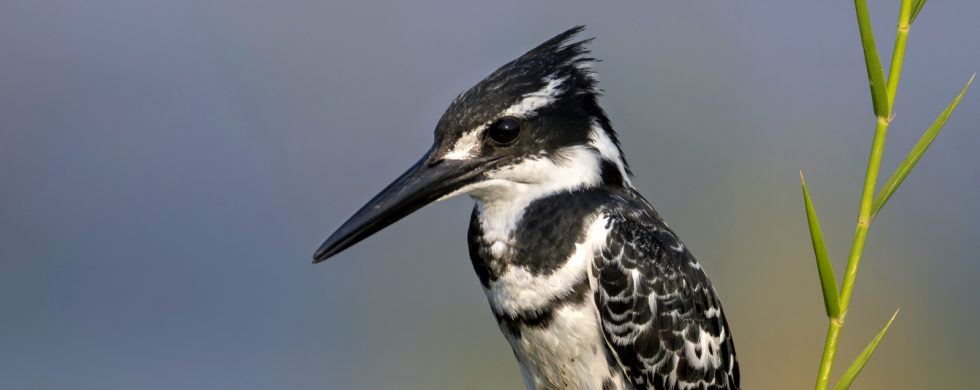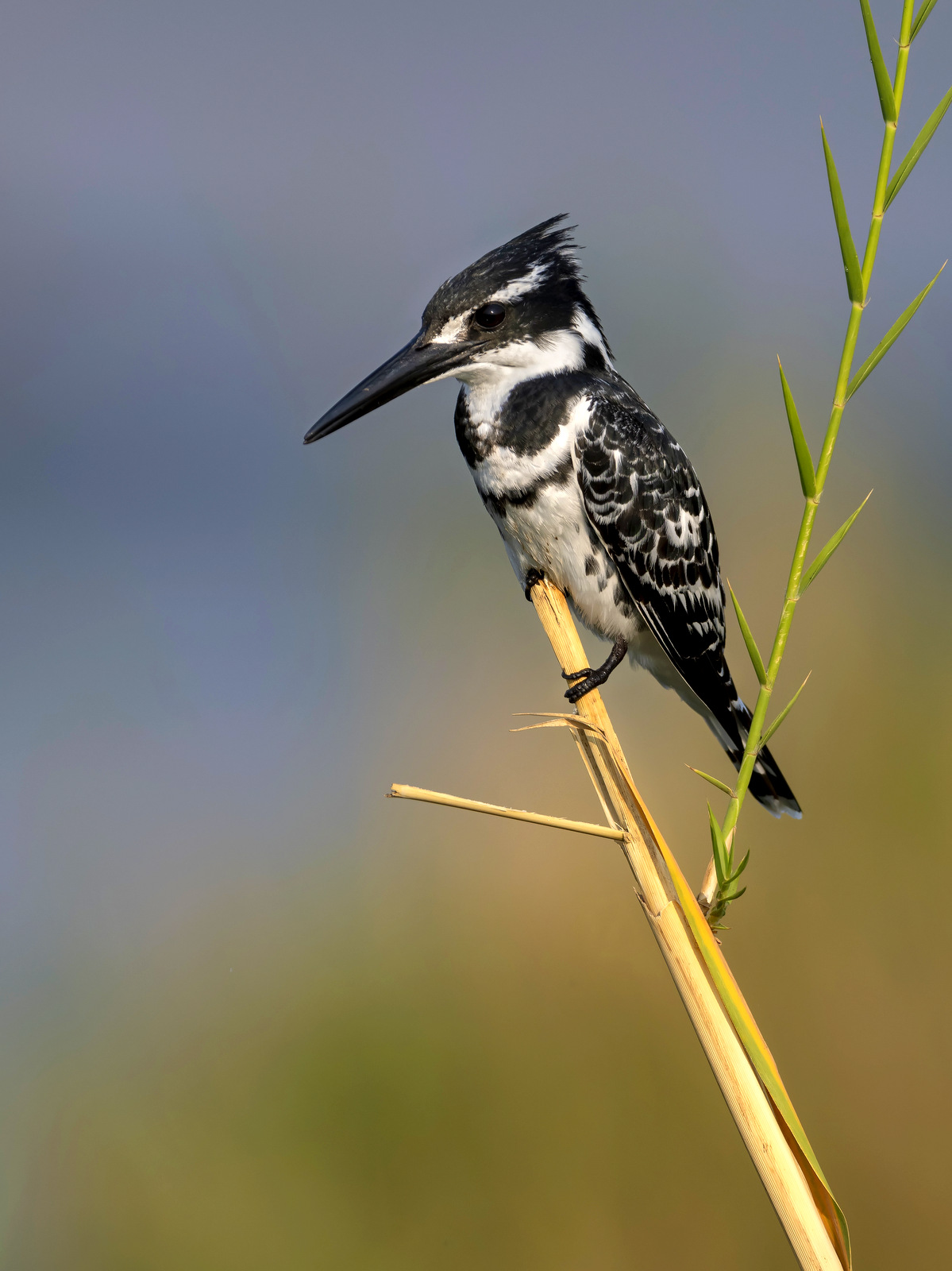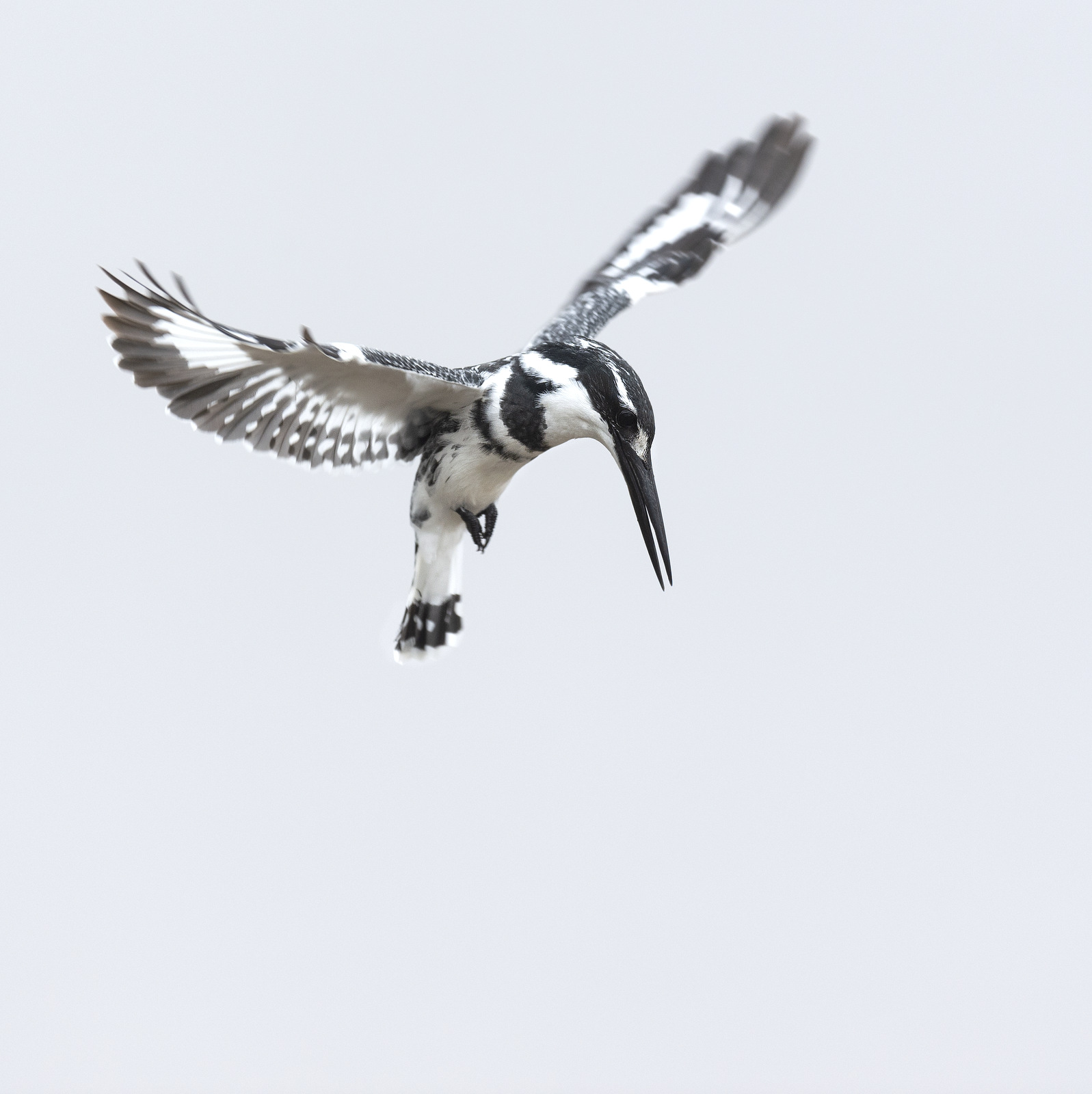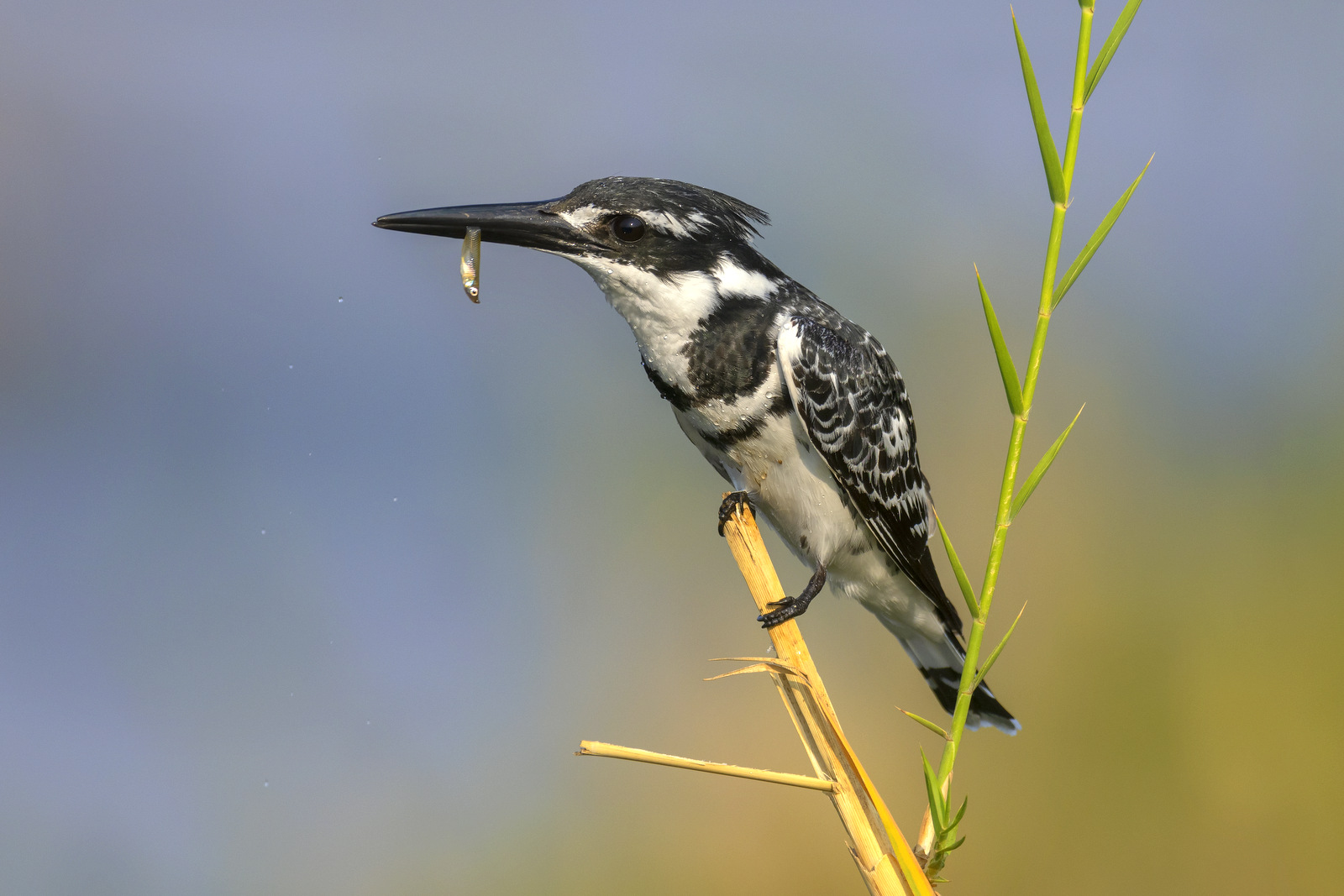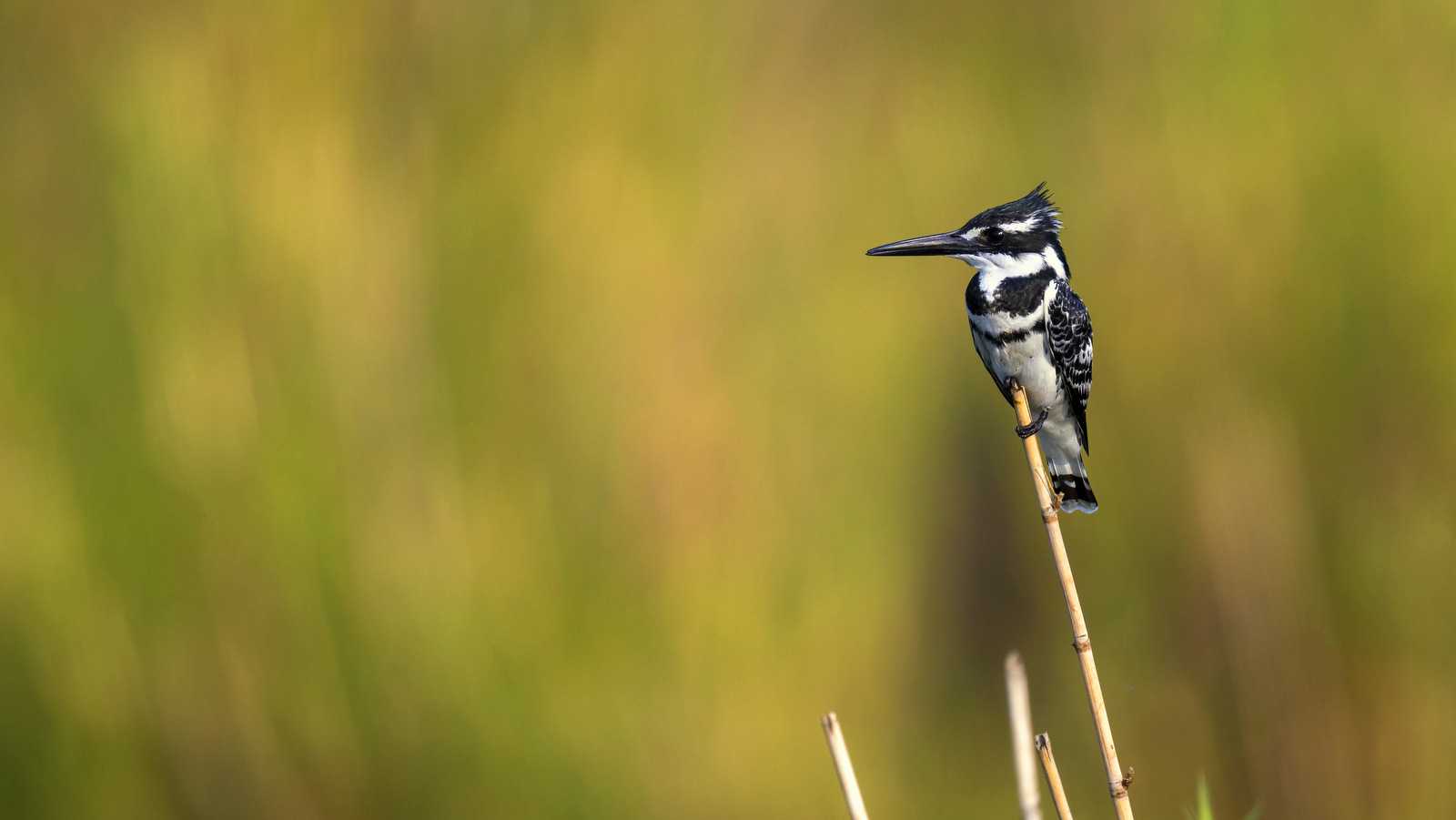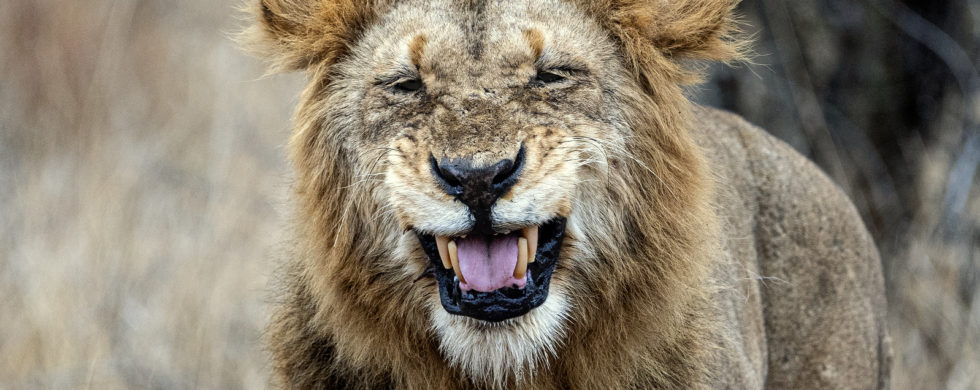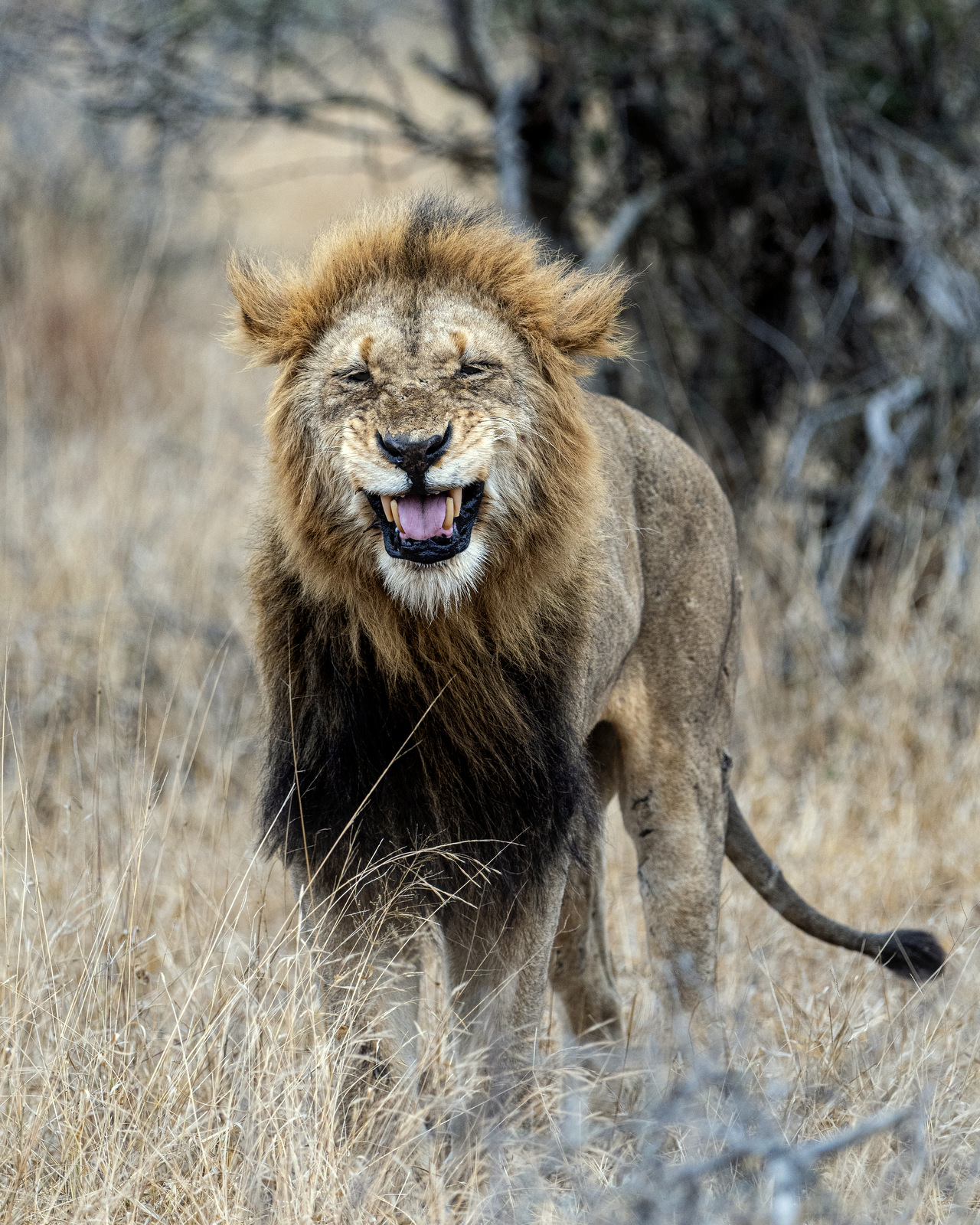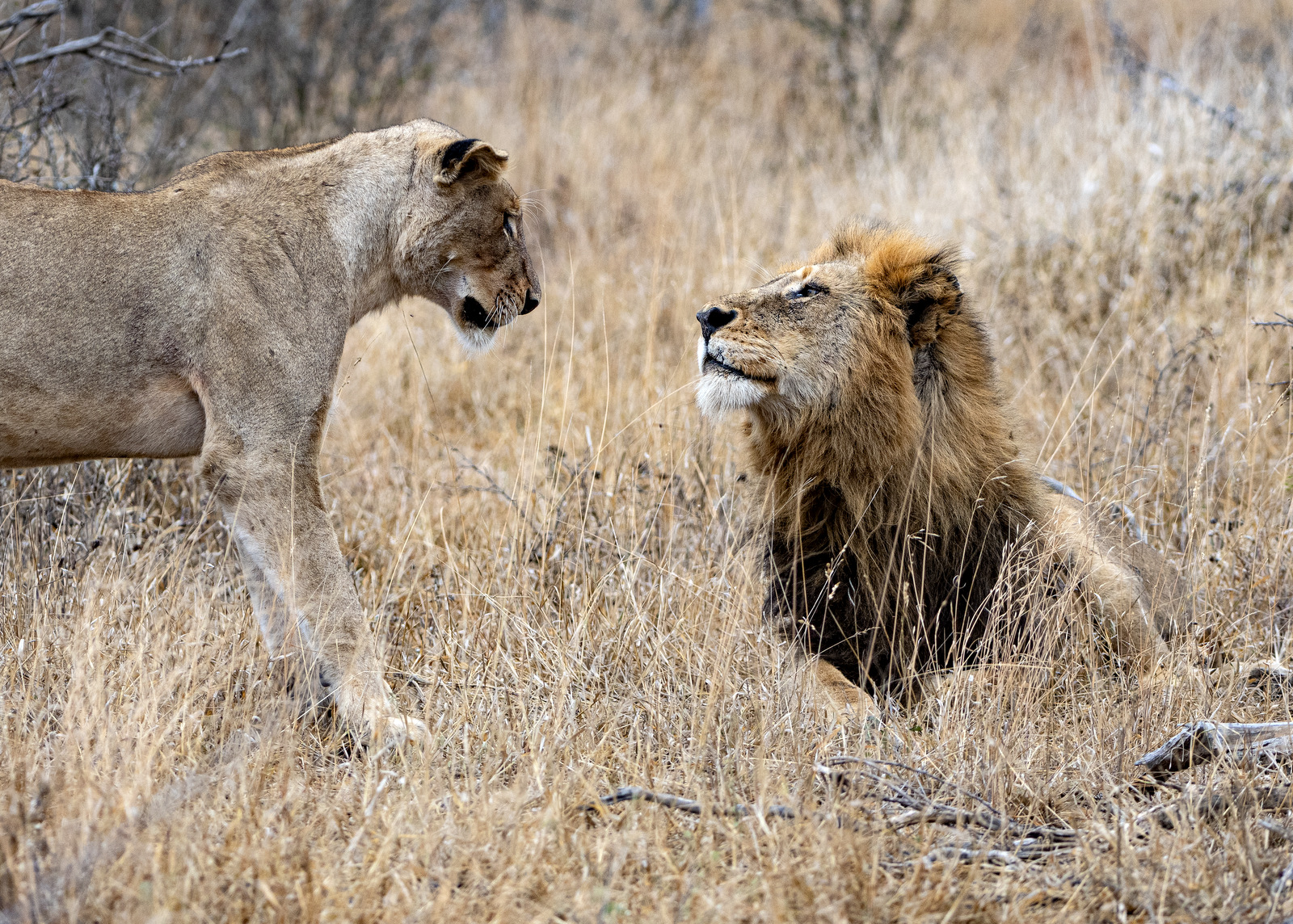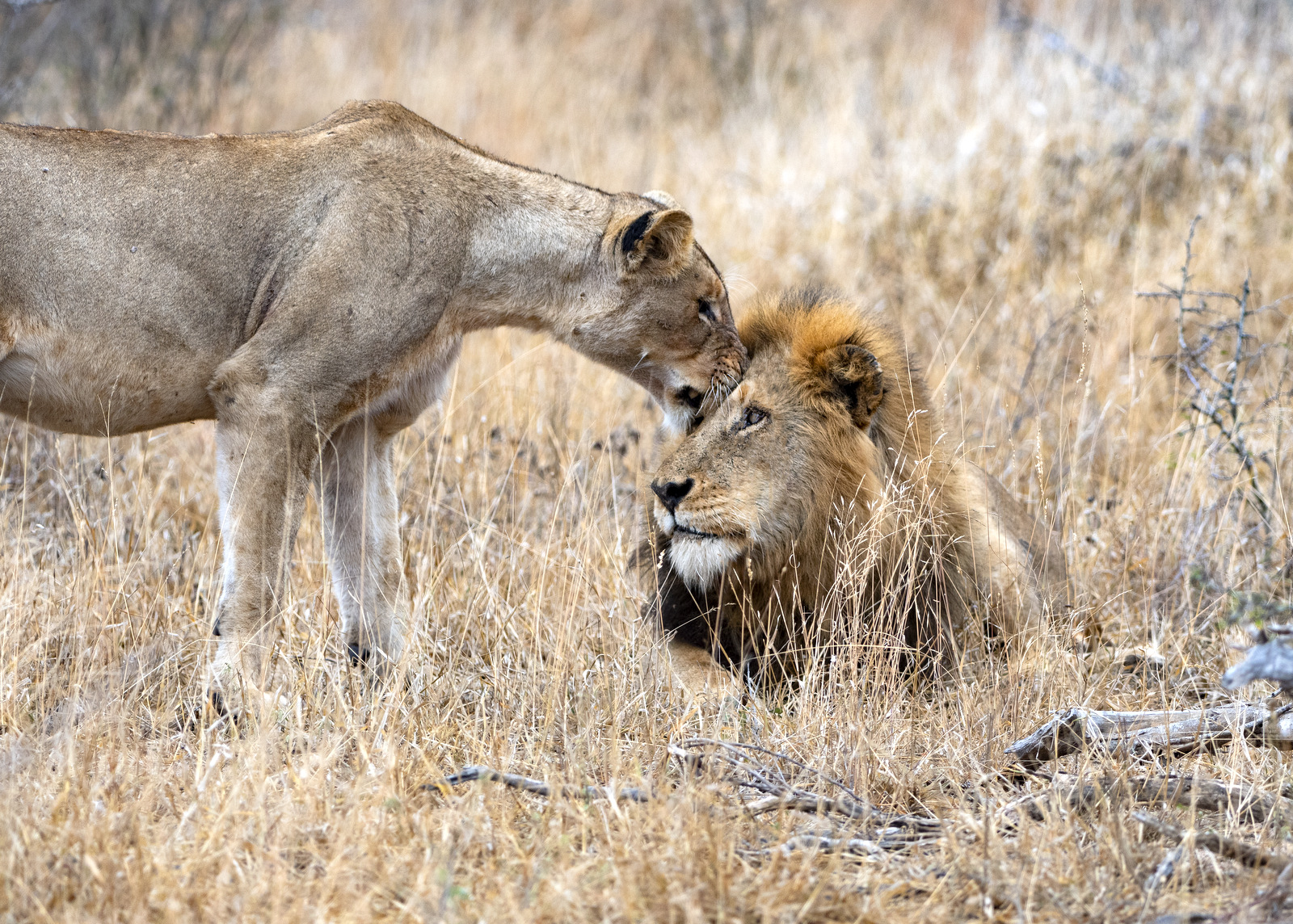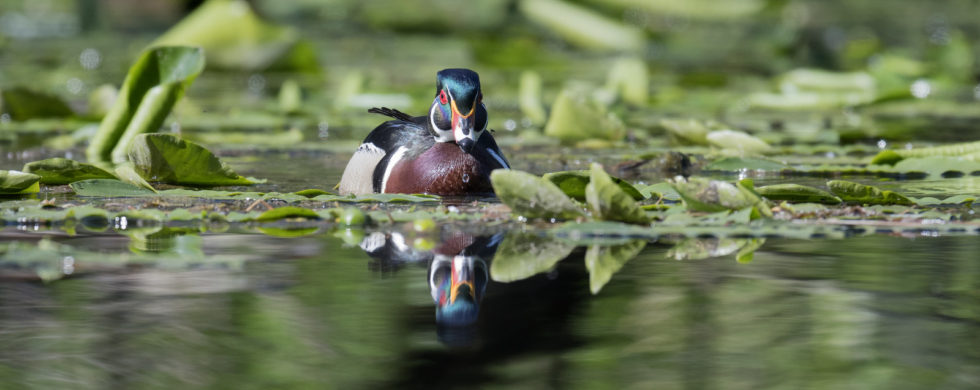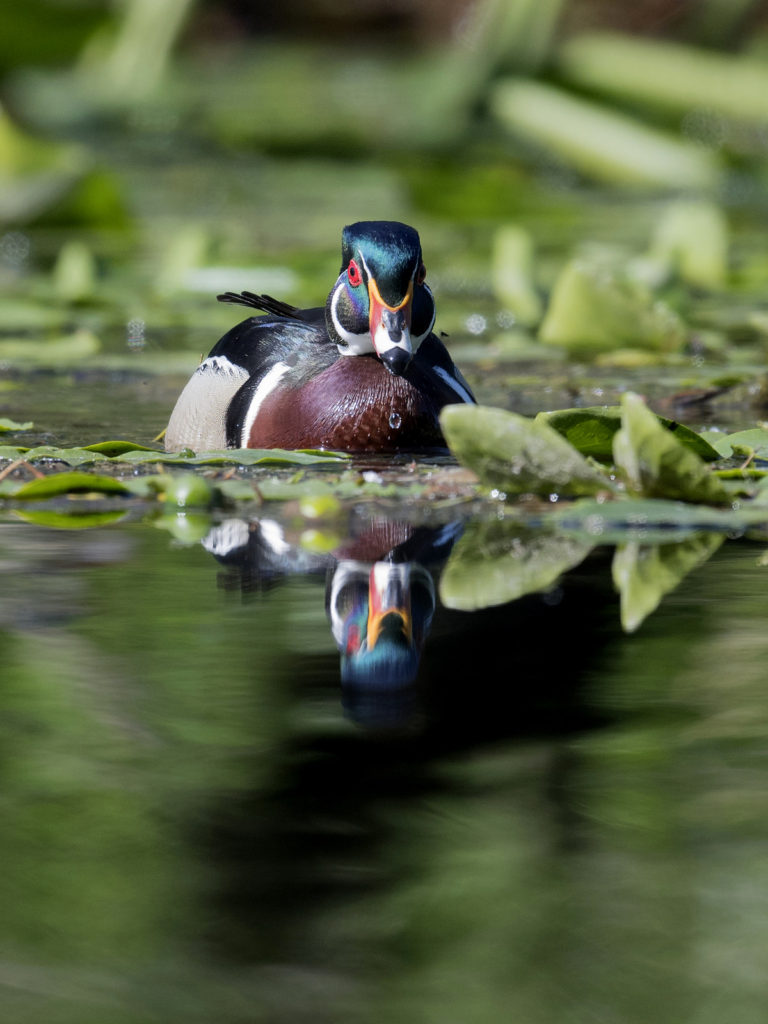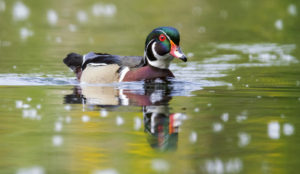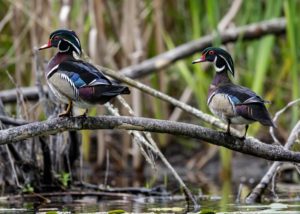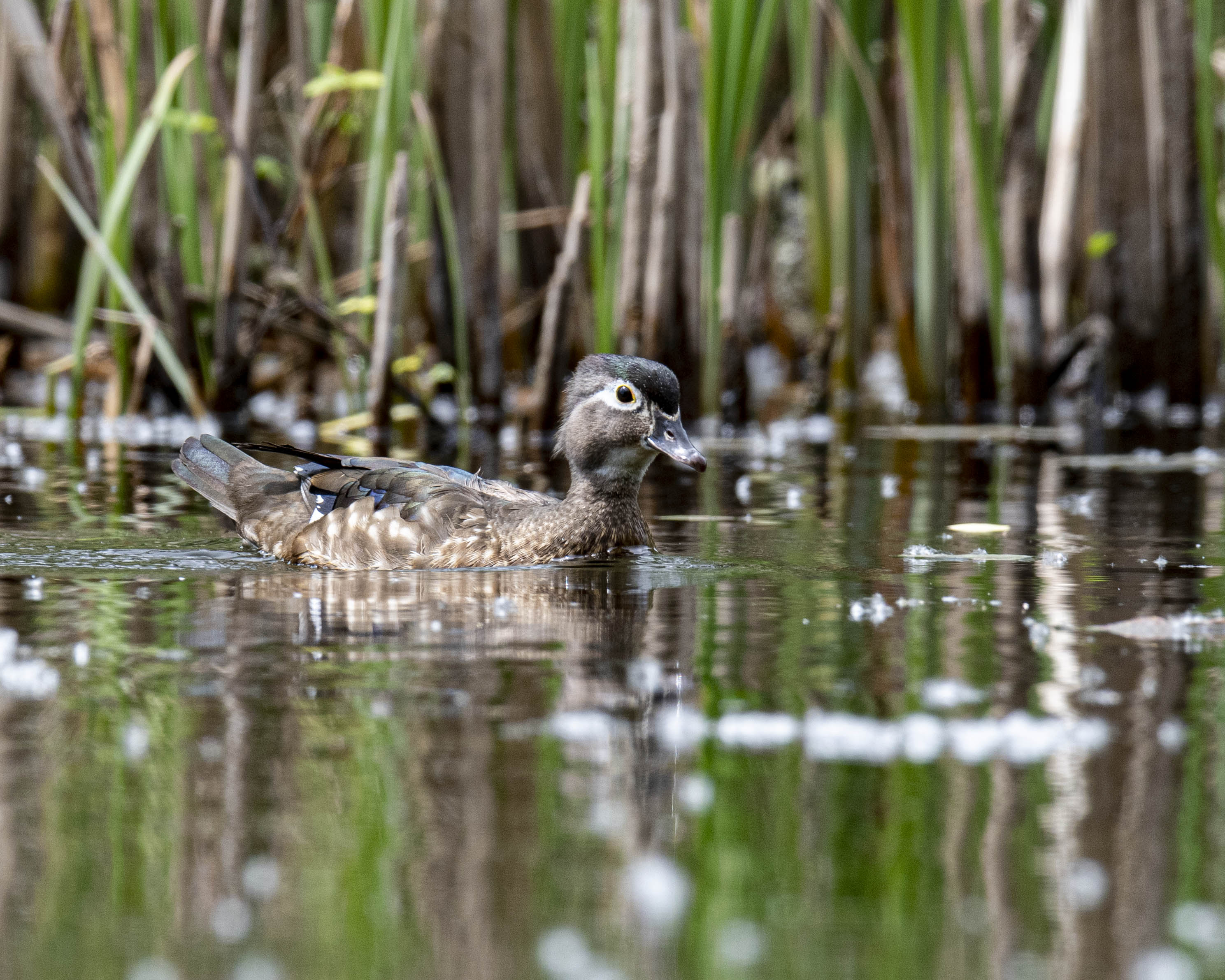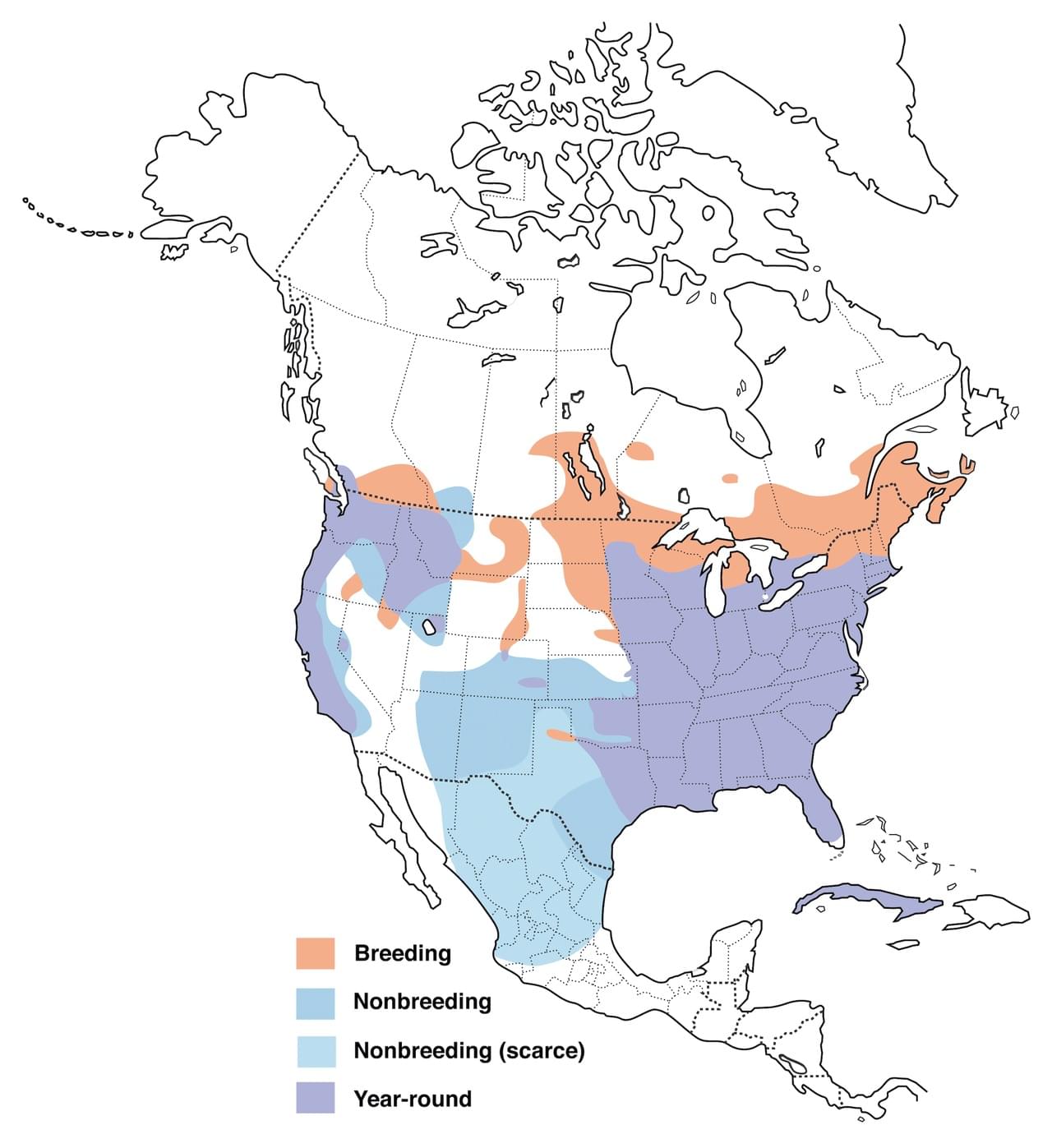31
Shot of the Month – December 2019
In 2019 I visited the Pantanal in Brazil to photograph jaguars and other wildlife – you can see the highlights in this video. En route to the prime jaguar location we spent one night at small lodge where we saw another wild cat of the region – the Ocelot. Each night the lodge puts out chicken to attract this rarely seen cat. I am not a fan of baiting wildlife as it can diminish their survival skills and promote dangerous human – wildlife interaction. For what it is worth this cat does not show up every night and it seems that he is not dependent on this food supply but only drops in when he wants a supplement. Or perhaps only when he is in the mood for a bit of chicken….
As you can see Ocelots are fairly small, coming in at about twice the size of an average house cat or roughly the same size as a bobcat. The males can grow to about four feet in length while the females are usually about two and half feet long. Ocelots tend to weigh between 28-35 pounds.
These solitary cats are highly nocturnal and use their exceptional eyesight to hunt rabbits, rodents, snakes, fish, frogs, young deer, peccaries, iguanas and other lizards. They are good swimmers and good climbers so they will hunt for fish in nearby streams while also stalking monkeys and birds in the trees. Ocelots hunt by walking slowly along game trails hoping to ambush their prey. They are also “sit and wait” predators, sitting motionless for 30-60 minutes at a den or burrow site. If no luck they move quickly to another site and sit and wait again.
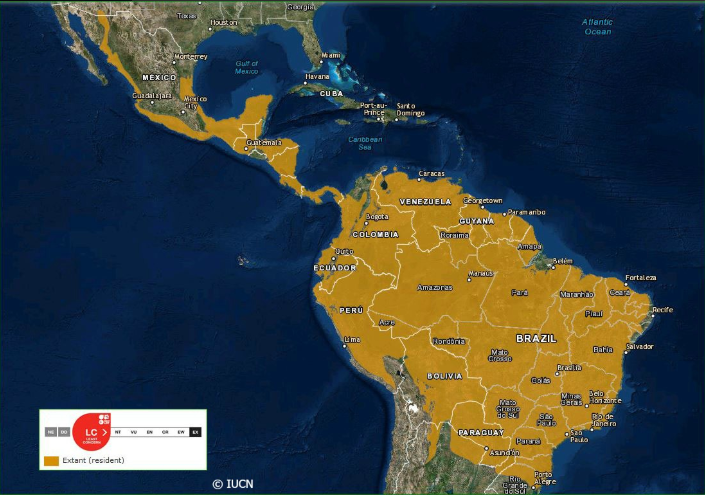
Ocelot Range Map (Source)
Ocelots can be found from southwestern United States to northern Argentina. These cats thrive where plant life is dense and can be found in tropical forests, thorn forests, mangrove swamps and savannas. There are about 800,000 to 1.5 million Ocelots remaining in the Western Hemisphere but their numbers are declining. In the US Ocelots were once found in southern Arizona and throughout much of Texas, and even reaching Arkansas and Louisiana. Alas, human development in these areas has caused Ocelot numbers to plummet and they are now at risk for extinction in the US. Today they can only be found in southern Texas with only about 40 individuals remaining. In Colombia, Argentina and parts of Brazil the cat is listed as vulnerable.
The fur trade in the 1960s and 1970s was devastating to the Ocelot population – in 1970 alone over 140,000 Ocelot skins were traded in the United States. Fortunately most countries now ban the trade of Ocelot skins. While the threats from the fur trade, hunting, and the pet trade have reduced other threats are growing. The loss of habitat and fragmentation of habitat is a major threat as us humans continue to expand our footprint across the planet. Traffic accidents are a growing threat as Ocelots are increasingly hit by cars as new roads crisscross their shrinking habitat. Logging and poaching of their prey species are additional threats to their survival.
Although these lovely cats are rarely seen our world would be much poorer without their nightly jaunts through the jungles of our dreams and fables. Let’s hope that we can find a way to allow the Ocelot to roam our jungles for many years to come.
Until next month….m
And for your easy viewing pleasure, our Pantanal Highlight Video (includes images of the Ocelot):
Sources:
Nikon D4S, Nikon 70-200mm (@ 95mm), f/2.8, 1/125 sec, ISO 6400

